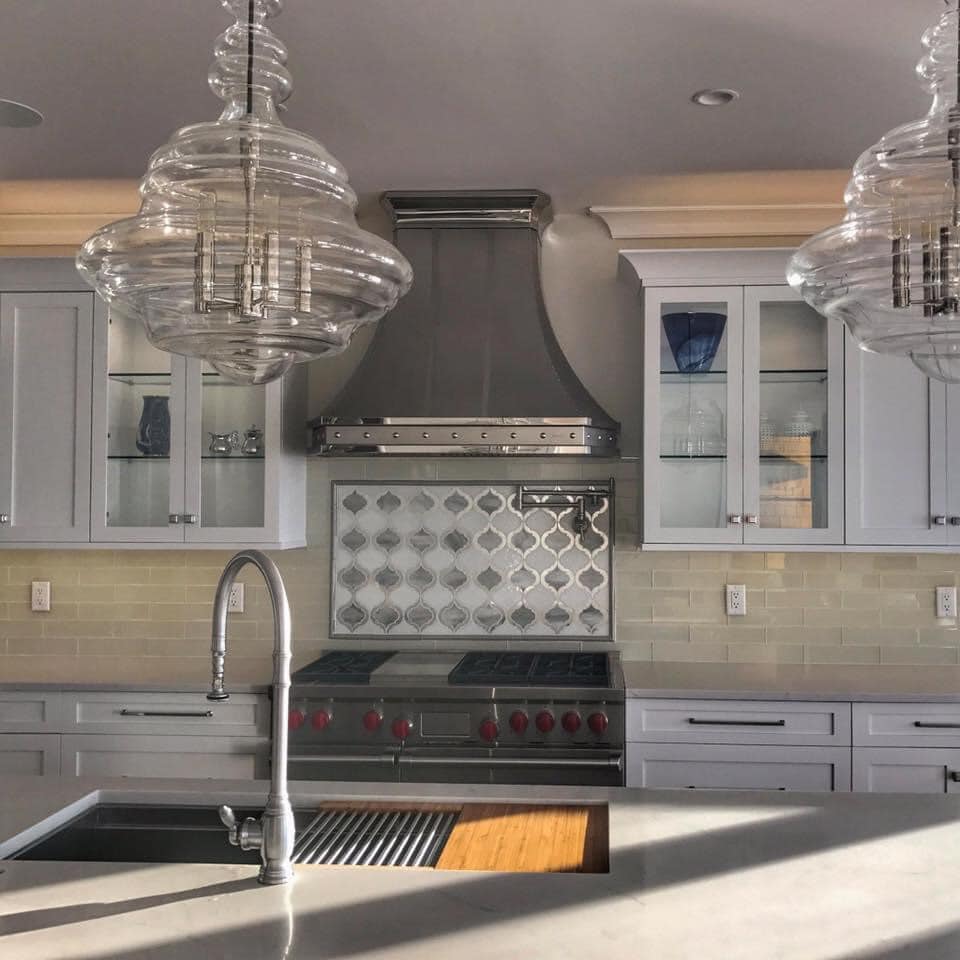The reality of this vacillation in temperature and moisture levels, however, is that it makes it a prime spot for mold growth. Of course, that’s just for starters. You also want to quickly remove cooking odors from the room, lest your fish pie lingers for weeks. It also helps you improve your indoor air quality by removing smoke and grease from the air. Then, there’s the benefit of cleanliness. Grease doesn’t get a chance to settle on kitchen surfaces if your range hood is doing the job.
This begs the question, how do you install a duct range hood if your kitchen is located downstairs? It certainly complicates matters, but the good news is that it is not an impossible task. Of course, the best course of action would be calling in the professionals to ensure the job is done quickly, efficiently, and safely.
The Duct Range Hood

Ductless range hoods are available, but commercial kitchens typically opt for duct range hoods because they need a powerful range hood that will work hard to do the job it is designed to do. For residential properties, this can be a more complicated process as it will depend on the availability of ducts throughout your kitchen. Though, this will depend heavily on the design of the duct range hood you choose. It really all depends on the layout of your kitchen, as well as your cooking habits.
The reason it’s commonly used in commercial kitchens is that the ducted range hood transports large amounts of fumes, smoke, and dirty air outside. There’s another big reason, and it’s the reason that many residential property owners are interested in a ducted range hood – the system itself runs more efficiently and it does the job quieter, too. Though, this will depend on the model, size, and how well it is maintained.
The Installation Process
The first job is to locate the duct system in your home and determine whether it’s possible to install a ducted range hood. If there is no ducting present, you may be able to install a vent, though this is not possible in a basement kitchen.
- Switch off all power connected to the area of the kitchen in which you’re working.
- Ensure the outlet your range hood will be connected to holds sufficient power requirements.
- Check the manual for installation instructions to ensure you do not void the warranty.
- Separate the wires, strip the wires.
- Ensure the ducting is water and airtight.
- Avoid the use of plastic in ducting (opt for metal, painted, or galvanized steel).
- Ensure your connections are made correctly – don’t forget to use wire nuts.
- Ensure the smoke is easily and quickly leaving the ductwork – you should avoid using over 40 feet of ducting.
- Insulate the ducting.
- Use HVAC tape to seal all ducting joints.
- Avoid too many elbows to ensure the airflow can move quickly. Experts suggest over 20 inches of straight ducting before an elbow is added. You should not have more than four (90°) elbows in the ducting.
- Now you can drill the hole in the header joist, centering it vertically. From there, follow the manual for your specific range hood.
Final Thoughts
Your kitchen can be a humid place, when you have multiple pots and pans on the stovetop, it’s going to create a lot of steam and vapor. Add in the heat of your oven and suddenly, you’re dealing with a lot of factors that could contribute to the breakdown of your kitchen. When the heat and humidity of the room meet the cold surface of the walls, then it created condensation. As this process repeats daily you will be dealing with mold, damaged paint, plaster, timber, and it can be harmful to the health of you and your family. That’s why ventilation is so necessary.
A ductless range hood is still an option, but they’re not equipped with ducts to channel all of that filthy air to the outside of your home. Instead, they have powerful fans (which is why they are so much louder) that filter all of that filthy air before recirculating it back into the kitchen. It’s versatile because you can install it anywhere, but will it do the job you need it to do? If in doubt, seek advice from the professionals.
